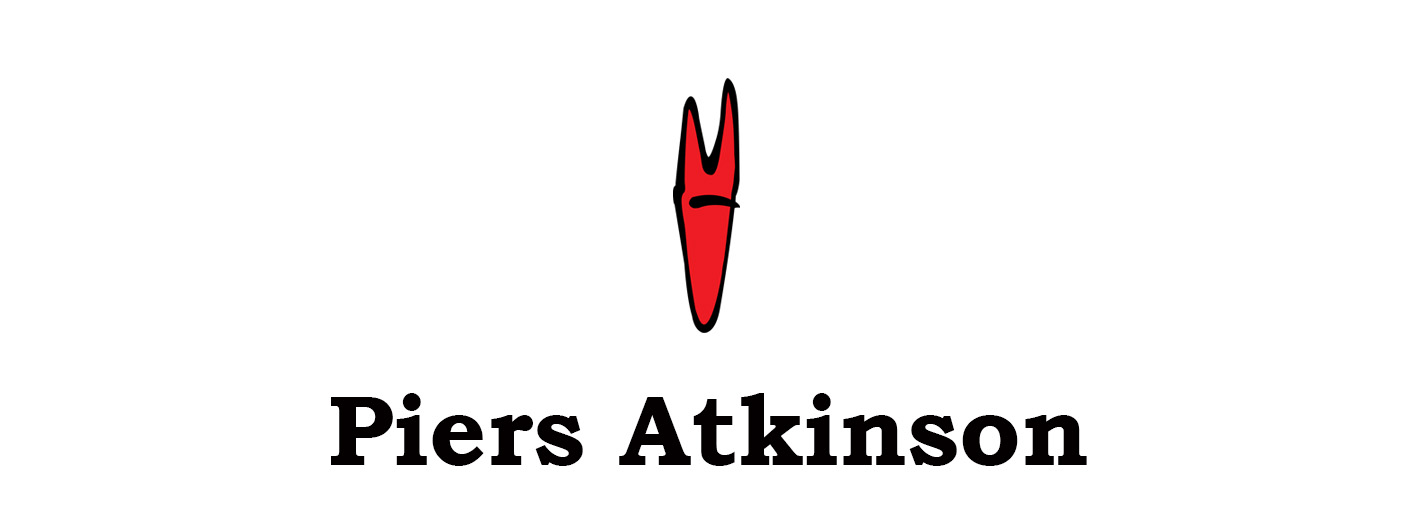Autumn / Winter '08
'THE MOUSE THAT ROARED'
Credits
Drawings and art direction: Piers Atkinson
Photography: Leigh Keily
Model: Rebecca Grover
With thanks to Chesca for her steady hand.
‘The Little Mouse that Rorschach’ed’
Michael Nottingham
He may be a global icon, but Mickey Mouse isn’t the only mouse. There’s also Minnie. And her uncle Mortimer, her sister Mandy, her nieces Melody and Millie, and so on. The Mickey Mouse universe is in fact peopled – well, miced with innumerable different talking anthropomorphic rodents. Yet the central pair remains Mickey and Minnie, sweethearts who look disturbingly like identical twins. And most importantly, for all the different mice, there’s only one pair of ears in Disneyworld.
You won’t see anything like Piers Atkinson’s headdresses in Orlando, Florida. They imagine a more decadent, exotic lineage of mice than would ever be permitted to walk the streets beneath Sleeping Beauty’s Castle – at least during opening hours. Where rodent ears a la Disney are identical, hygienic and universally recognised symbols for Mickey, Atkinson’s creations are by contrast individual, unvarnished and tell their own, often dark or cryptic stories. If Mickey Mouse is the friendly neighbour, the enterprising businessmen, the cute talking pet mouse, then these ears belong to the abused housewife, the prostitute, the disposable lab rat.
Bleached by the glaring light of a hundred million matinee projections, the Ur Mouse himself is a blank slate upon which Atkinson has poured blotches of ink – tiny symmetrical daubs for eyes, ears messy pools of night spilled out over the margins. Take this literally: the inspiration for the project in fact came when the artist spilled his inkpot onto his open sketchbook – a happy error included among the images here.
Atkinson and his collaborators have put their own pathologies to the test and reinvented the iconic ears – retaking the Mickey, as it were – sometimes seeing them through a distressed, gritty reality, elsewhere with a detached, cold aesthetic.
Viewing these nine looks alongside one another, symmetries, oppositions and dialogues abound. Ryan Styles’ piece evokes the cheerleader on parade, more Minnie than Mickey, the brash pom-poms a common counterpoint to the detached, brittle ‘Ear Ear’ talismans of Andrew Logan. Styles’ look is college girls gone wild to Atkinson’s ‘Mavis’, which fixes the forlorn stare of a weary housewife, her make-up smudged. Against the ‘Peta’ look to her right she suddenly offers another interpretation – is her smeared lipstick a bloodied lip, her heavy eye shadow a bruise? They clearly are on the wounded ‘country mouse’. And does the refined culture of Logan’s piece notice the brutal suffering down below, or is it just eyeing up the mink fur soon to be on offer. Perhaps its pristine, mirrored ears indicate that all attentions are focused inwardly.
Darren West’s ‘The Showgirl’ might reference one of Mickey’s first meetings with Minnie, when she was a saloon dancer in the early short ‘The Gallopin’ Gaucho’. But the ears’ neon glow also evinces a seedier subtext, one of prostitution and the plug-in pleasures of digital pornography, another sort of binary altogether. As with the pom-poms of Look 1, the overlarge ears suggest exaggerated breasts, mirroring their symmetry and reconfiguring mouse as fetish. The red light district may extend also to Look 7, with its ‘geisha’ connotations, its secrets hidden behind the fluttering fans of ears-cum-mask. This period look’s exotic femininity is in direct contrast to the urban, butch presentation of ‘The Dalston’, which could be the Hackney equivalent of Mortimer Mouse. Mortimer was Mickey’s tall and street-smart rival for Minnie and spoke with a rough Brooklyn accent.
Atkinson’s final look, ‘The Rorschach’, is the collection’s critical lynchpin. It points to Mickey Mouse’s function as a cultural litmus, a blank screen on which we can project our own narratives. Two of the twentieth century’s greatest intellects – Walter Benjamin and Theodor Adorno – argued famously over his place in the zeitgeist of that time. To Benjamin, the early Mickey of ‘Steamboat Willie’ was a critic of authority, “showing how the ‘little man’ was able to resist his boss and the demands of the system.” To Adorno, he was antithetical to art, mirroring capitalism rather than challenging it. As Bart Simpson once said, in a reed voice with a black bra strapped to his head like ears, “Look – I’m the mascot of an evil corporation!”
For Adorno, the eternal miserablist, laughing at Mickey Mouse’s antics incriminated one as guilty of “the worst bourgeois sadism”. A more recent critic, Arthur Berger, even describes the mouse as “sadistic, asexual and representing anal eroticism”. It’s curious to recall that Walt Disney professed Mickey Mouse to be his alter ego.
If the mouse is guilty as charged, however, Atkinson’s project and its latent but intelligent social commentary might be seen (at least by the Adornos among us) to rescue Mickey from the machinery of Disney Corp. Atkinson, in effect, rehabilitates Mickey Mouse.
Either that or he symbolically castrates him – perhaps with the help of Minnie (née Minerva) Mouse – mounting his ears like a twenty-first century aegis on each of these magical, fascinating headdresses.
But that’s only if you’re a bourgeois sadist, of course.
“I love Mickey Mouse more than any woman I have ever known.” – Walt Disney
Michael Nottingham
April 2008

